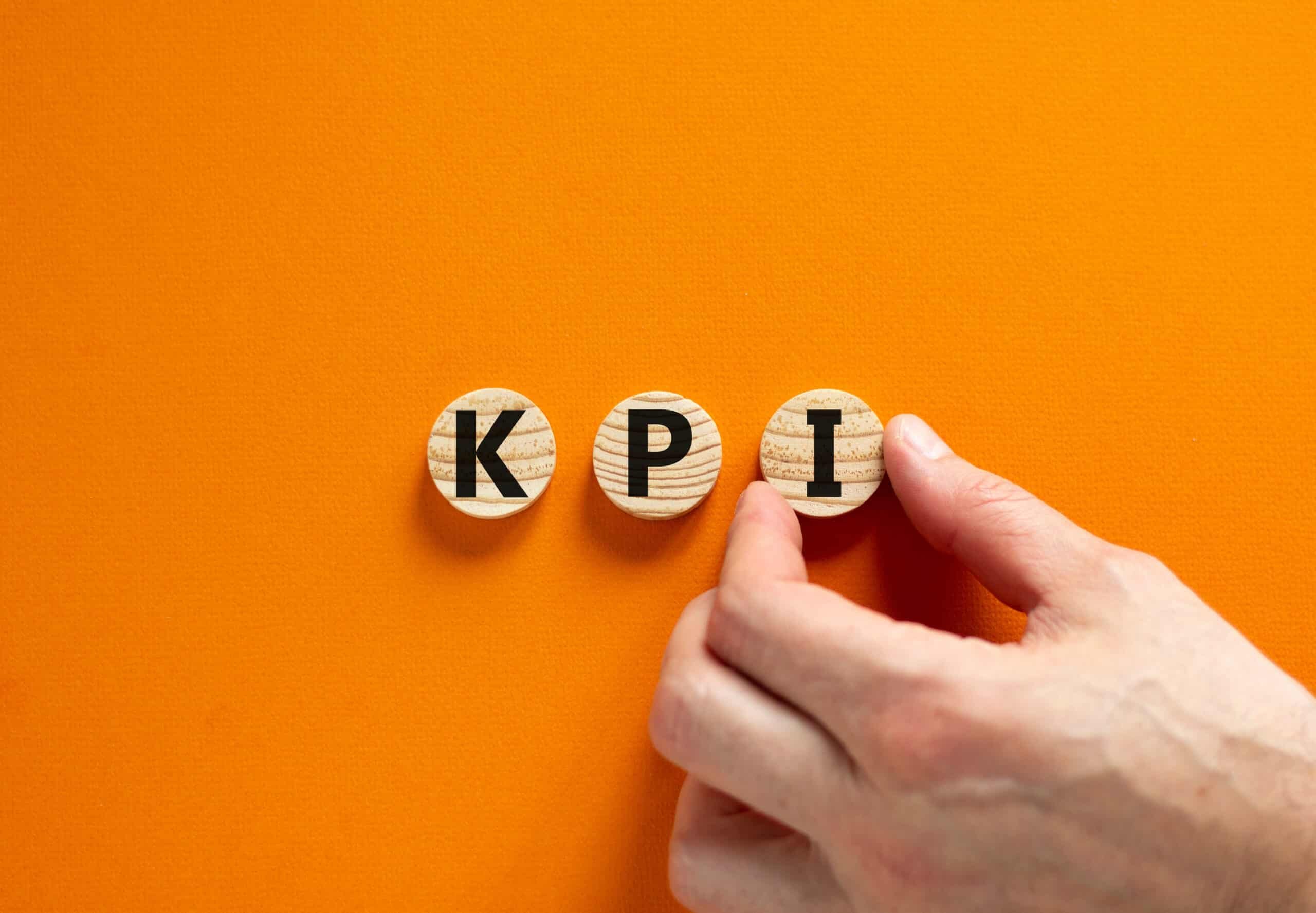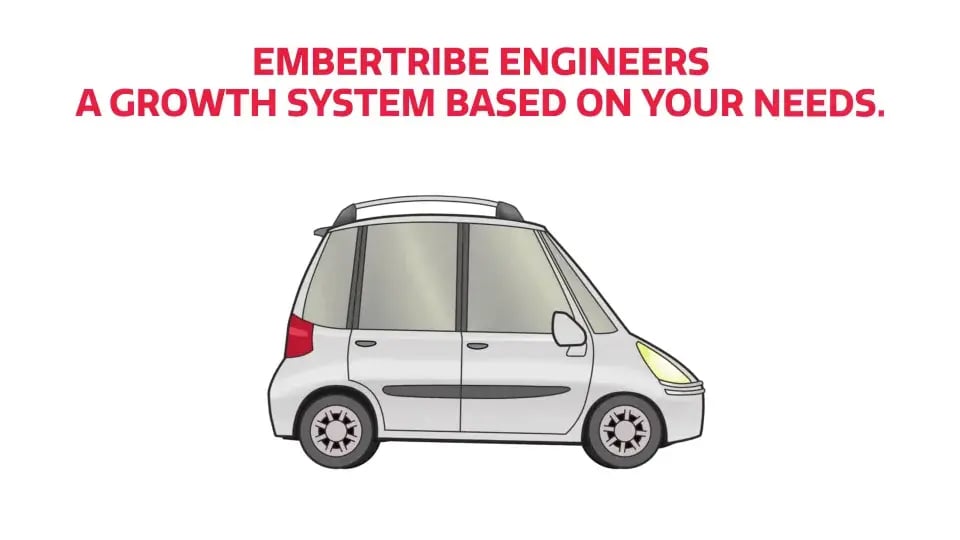🌟 A well-structured and optimized conversion funnel can significantly impact sales and revenue.
Additionally, we will discuss how to measure the success of your conversion funnel through key performance indicators and interpret conversion funnel metrics. 😀
The Importance of a Well-Structured Conversion Funnel
A well-structured conversion funnel is crucial for guiding website visitors towards completing a purchase. 💡
By optimizing each stage of the funnel, businesses can increase customer engagement, improve conversion rates, and ultimately drive revenue growth. 📊
Key Components of an eCommerce Conversion Funnel 🔑
An effective eCommerce conversion funnel consists of several key components. 💰These include:
1. Attracting Traffic: Generate targeted traffic through various marketing channels, such as SEO, paid advertising, and social media.
2. Creating Awareness: Make visitors aware of your brand, products, and value proposition through compelling content and engaging visuals. 📸
3. Building Interest: Capture visitors’ interest through informative product descriptions, high-quality images, and customer testimonials. 🌟
4. Driving Consideration: Convince visitors to consider your products by highlighting unique selling points, providing comparisons, and offering incentives. 🍖
5. Facilitating Conversion: Streamline the checkout process, simplify forms, and offer multiple payment options to encourage customers to complete a purchase. 🛒
However, optimizing these components is not a one-size-fits-all approach. Each business must tailor their strategies to their specific target audience and industry. 🎯
For example, an online clothing retailer may focus on attracting traffic through fashion influencers and bloggers, while a software company may prioritize driving consideration by offering free trials and demos.
👑 Strategies to Optimize Your Conversion Funnel

Improve Website’s User Experience
A positive user experience is crucial for guiding visitors through the conversion funnel. 🌐 Key strategies to enhance user experience include:
- Ensure fast loading times.
- Optimize website navigation
- Make information easily accessible
- Implement a responsive design for mobile users 📱
Fast loading times are essential in capturing and retaining visitors’ attention. Studies show that users tend to abandon websites that take more than a few seconds to load.
Optimize images, leverage browser caching, and minimize HTTP requests to improve loading times and create a seamless browsing experience for your audience. ⏱️
Streamlining the Checkout Process
👨💻 A streamlined checkout process can significantly reduce cart abandonment rates. 🛒 Key techniques to optimize the checkout process include:
- Offer guest checkout options
- Make form fields easy to fill out
- Provide progress indicators
- Minimize the number of steps required to complete a purchase
- Offer multiple secure payment options 💳
Guest checkout options are particularly important for first-time customers who may be deterred by the prospect of creating an account. 👶
By simplifying the checkout process and reducing the number of form fields, you can minimize friction and make it easier for customers to complete their purchase quickly and efficiently. 🛍️
Leveraging Analytics for Funnel Optimization
Analytics tools provide invaluable insights into the performance of your conversion funnel. 📊 By analyzing data, you can identify funnel drop-off points and take targeted action to optimize these areas. Key metrics to monitor include: 👩🔬
- Page abandonment rates.
- Click-through rates.
- Conversion rates at each stage.
- Exit points in the funnel.
💡 For example, if a significant number of users abandon the funnel at the payment page, you may need to simplify the payment process or offer more payment options to reduce friction.
Using A/B Testing for Funnel Improvement
A/B testing is an effective technique to compare two versions of a webpage and determine which one performs better. 📊
It allows you to test hypotheses and gather quantitative data on user preferences. 🔬
For instance, by testing two different versions of a call-to-action button with varying colors and text, you can determine which combination resonates better with your audience and drives higher conversions. 🙋
This data-driven approach to optimization ensures that changes made to your funnel are based on evidence rather than assumptions, leading to more impactful results. 🚀
Retaining Customers Post-Purchase
Following up with customers after a purchase is not just a courtesy; it’s a strategic move that can significantly impact customer loyalty and repeat business.
Personalized thank you emails can make customers feel valued and appreciated, increasing the likelihood of them returning for future purchases. ↪️
Offering exclusive discounts or promotions as part of your follow-up strategy can entice customers to make additional purchases, boosting your sales and customer engagement.
Lastly, requesting feedback and reviews shows that you value customer opinions and are committed to continuous improvement. 🌟
Key Performance Indicators for Conversion Funnels
To measure the success of your conversion funnel, you need to track and analyze key performance indicators (KPIs). 📈 These KPIs include:
- Conversion rate.
- Average order value.
- Customer acquisition cost.
- Shopping cart abandonment rate.
- Lifetime customer value 💰
Interpreting conversion funnel metrics allows you to gain insights into customer behavior and make informed decisions. 💽
By analyzing metrics such as conversion rates at each stage, drop-off points, and exit rates, you can identify areas for improvement and implement targeted optimization strategies. 📊
⚠️ Understanding the nuances of each KPI is crucial for a comprehensive evaluation of your conversion funnel’s performance.

The conversion rate, for instance, measures the percentage of visitors who complete a desired action, providing a direct reflection of your funnel’s effectiveness.
Meanwhile, the average order value indicates the average amount spent by customers, offering insights into purchasing habits and revenue potential. 📈
Furthermore, delving into customer acquisition cost unveils the expenses incurred to acquire a new customer, guiding budget allocation and marketing strategies.
The shopping cart abandonment rate highlights potential friction points in the purchasing process, signaling opportunities for streamlining and enhancing user experience.
Lastly, the lifetime customer value showcases the total revenue a customer is expected to generate over their entire relationship with your business, emphasizing the significance of customer retention and loyalty initiatives. 🔄
❗Remember, maximizing the effectiveness of your eCommerce conversion funnel goes beyond monitoring KPIs; it involves continuous optimization and adaptation. 📊


-AK-148968-preview.png?width=842&height=310&name=1.01-1x1px-Embertribe-(Client-Services)-AK-148968-preview.png)








-1.jpg)






%20-%20500x500%20-%20SP%20-%2045.01.png)
%20-%20500x500%20-%20SP%20-%2049.01.png)
%20-%20500x500%20-%20SP%20-%2057.01.png)


.png)